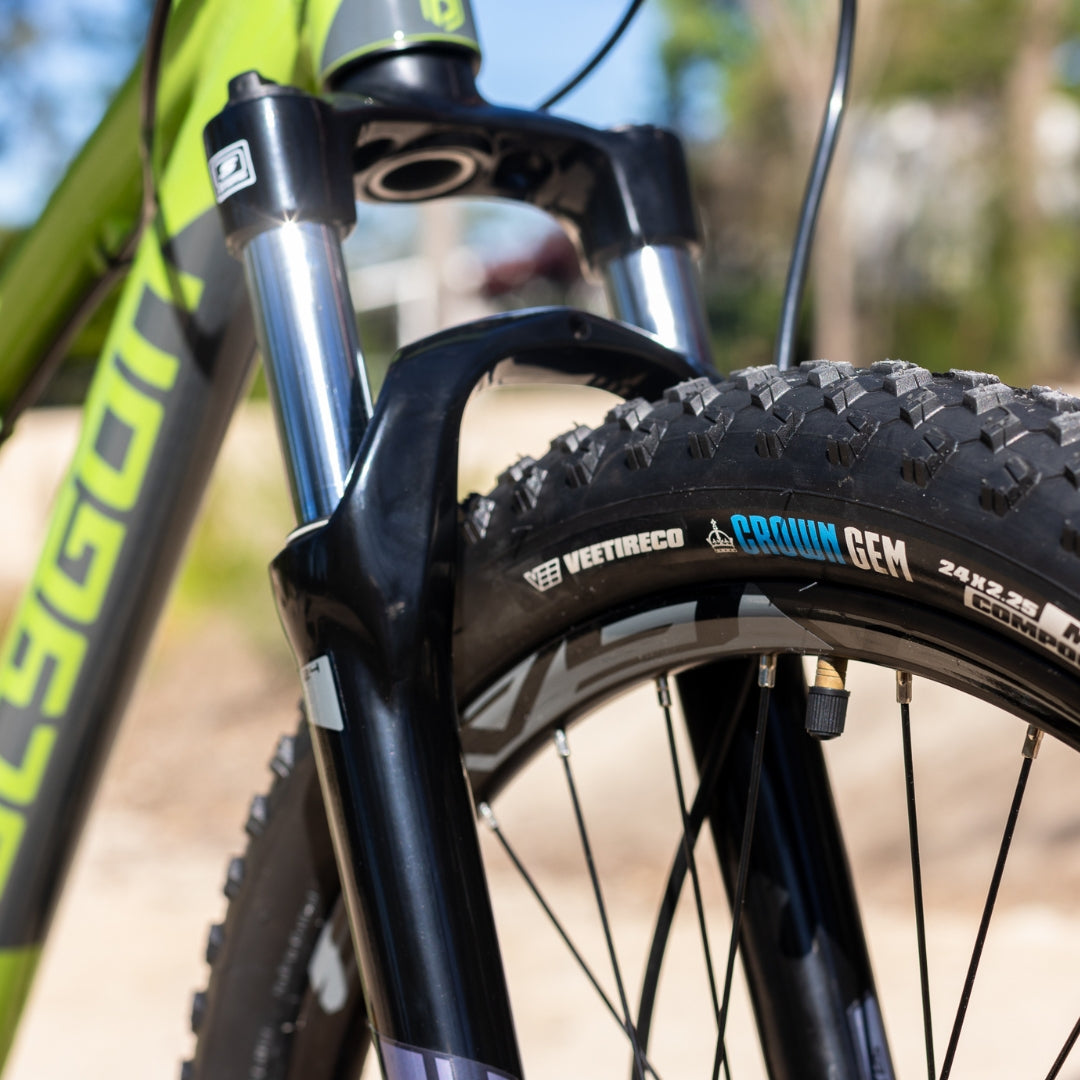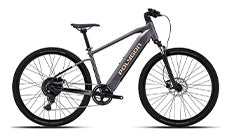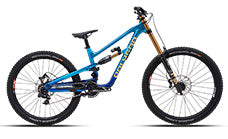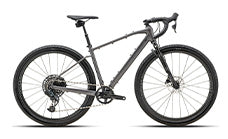Upgrading Your Mountain Bike Suspension: A Guide to Fork Selection in Australia

Are you keen to elevate your mountain biking to new heights? Upgrading your bike's suspension fork is a transformative move that can drastically improve handling, stability, and control across rugged terrains. With myriad options and intricate specs available, selecting the right fork might seem daunting. This comprehensive guide will navigate you through all you need to know about suspension upgrades, from the Plus 10 and Plus 2 Stanchion rules to choosing the ideal fork for trail and enduro biking in Australia. Whether you're a seasoned rider or a newcomer, this guide will empower you to make informed choices and boost your mountain biking experience.
Mountain Bike Suspension Upgrades
Mountain biking hinges on each bike component, with the suspension fork being pivotal. It absorbs impacts, stabilizes your ride, and smooths out handling over diverse terrains. Upgrading your fork isn’t just about swapping parts; it’s about refining your bike to fit your riding style and preferred trails.
Understanding why suspension upgrades are crucial can transform your biking experience. The right fork enhances climbing, smoothens descents, and sharpens cornering. It affects your bike’s geometry, influencing everything from ride feel to trail handling.
This guide will demystify mountain bike suspension upgrades, introducing key rules and principles to guide your decisions. Let’s embark on this journey to make your mountain biking safer, more enjoyable, and exhilarating!
Understanding the Plus 10 Rule: The Plus 10 Rule is essential when considering front fork travel increases. It recommends a maximum travel increase of 10 millimeters to maintain your bike’s factory geometry, crucial for preserving handling, balance, and performance. For example, upgrading from a 120mm to a 130mm travel fork on a model like the Siskiu D7 SE allows for enhanced absorption without drastically altering your bike’s dynamics. Adhering to this rule ensures that upgrades enhance performance while keeping the bike’s structural integrity intact.
Applying the Plus 2 Stanchion Rule
The Plus 2 Stanchion Rule focuses on the diameter of the fork's stanchions—the tubes that slide in and out of the fork's legs. It recommends a limit increase of 2 millimeters to avoid adversely affecting the bike’s weight distribution and handling. Upgrading from 32mm to 34mm stanchions, for instance, increases stiffness, boosting control and stability on rough trails while maintaining agility and responsiveness.
Fork Selection for Trail Bikes
Choosing the right fork for trail bikes, such as the Siskiu T8, involves following both the Plus 10 and Plus 2 Stanchion rules to maintain optimal performance. An upgrade to a 150mm fork with stanchions ranging from 34mm to 36mm, like the Marzocchi Z1 or RockShox Lyric, offers better cushioning without compromising the bike’s geometry. This balance is vital for handling technical descents and efficient climbs.
Fork Selection for Enduro Bikes
Enduro bikes, designed for aggressive downhill performance yet capable of climbing, typically require beefier components. For bikes like the Colossus N9 with 170mm travel, upgrading up to 190mm with 38mm stanchions, like those in RockShox Zeb or SR Suntour Duralux 38, provides the necessary durability and control for demanding descents while maintaining climbing efficiency.
Making the Right Suspension Upgrades
Enhance Your Ride, Your Way: The key to effective mountain bike suspension upgrades lies in understanding and applying the Plus 10 and Plus 2 Stanchion rules. These guidelines help preserve your bike’s geometry and performance while allowing for significant improvements. Whether upgrading a trail or enduro bike, consider your most frequented terrains and desired performance to ensure the upgrades enhance your ride without compromising handling and agility. By making informed choices, you can tailor your mountain biking experience to be safer, more enjoyable, and perfectly suited to your riding style. Happy riding!
















































































